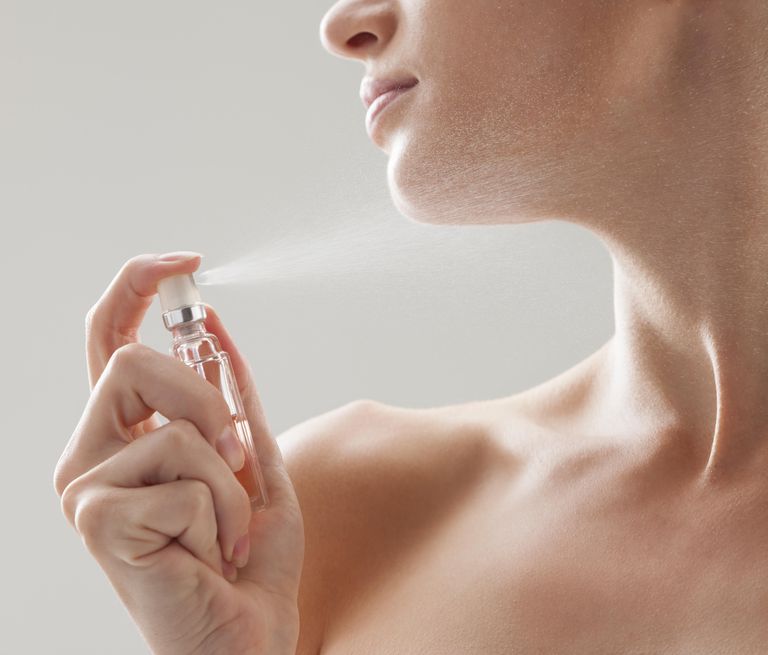ACETYLATED VETIVER OIL USE AND SAFETY ASSESSEMENTS
Vetiveria Zizanoides Root Oil, commonly called Vetiver Oil, is an essential oil distilled from the dried roots of the Vetiver, Vetiveria zizanoides, Poaceae. Vetiver Oil is produced by distillation of fresh and dried roots of Vetiveria zizanioides and then subject to further processing to obtain Acetylated Vetiver Oil. In cosmetics and personal care products, Acetylated Vetiver Oil is used as a perfuming agent.
The Research Institute for Fragrance Materials Expert Panel (REXPAN) has evaluated the safety of Acetylated Vetiver Oil and an International Fragrance Association (IFRA) Standard has been established. IFRA recommends a safe concentration limit for Acetylated Vetiver Oil when it is used in specific categories of cosmetic products. For example, Acetylated Vetiver Oil may be used up to 0.10% in face cream, hand cream, body lotion and hair styling products. When it comes to hydroalcoholic-base fragrances, the concentration limit was set at 0.90%.
In 2006, the European Commission’s Scientific Committee on Consumer Products (SCCP) issued an opinion on Vetiveryl Acetate (sensitization only), where concluded that the information submitted was inadequate to assess the safe use of the substances.
The Scientific Committee on Consumer Safety (SCCS) considered Vetiveryl Acetate unsafe as a cosmetic ingredient in 2014 because the genotoxicity data was inadequate to exclude the genotoxic/mutagenic effects.
An updated dossier was sent by IFRA, in which was raised the need to alter the initial request on Acetylated Vetiver Oil (such as identification/name of the substance and its use concentration in different cosmetic product types). The SCCS considered it an appropriate request and in 2019 issued a new opinion on this ingredient. The SCCS stated that the use of Acetylated Vetiver Oil, with 1% alpha-tocopherol, as a fragrance ingredient in cosmetic leave-on and rinse-off type products, is safe at the concentrations proposed by IFRA.
Although Acetylated Vetiver Oil is considered a moderate sensitizer, based on animal studies, results from a Human Repeated Insult Patch Test (HRIPT) and the long history of use of this ingredient without sensitizing potential, the SCCS believes that it is unlikely to cause contact allergy in humans.
Acetylated Vetiver Oil contains constituents (like aldehydes and ketones) that are known to react towards biological entities, like DNA and proteins. Regarding the concentrations intended to be used in cosmetic products, the SCCS considers that the overall risk of such constituents is likely to be negligible.
All in all, Acetylated Vetiver Oil can now be regarded as safe, when used with 1% alpha-tocopherol as a fragrance ingredient in cosmetic products (rinse-off and leave-on), when used at concentrations recommended by IFRA.
References:
- Regulation (EC) No 1223/2009 of the European Parliament and of the Council of 30 November 2009 on cosmetic products
- IFRA 49th Amendment – Acetylated Vetiver Oil. Available at: https://ifrafragrance.org/standards/IFRA_STD_002.pdf
- Scientific Committee on Consumer Products (SCCP) – Opinion on Vetiveryl acetate (sensitization only), 2006. Available at: https://ec.europa.eu/health/ph_risk/committees/04_sccp/docs/sccp_o_054.pdf
- Scientific Committee on Consumer Safety (SCCS) – Opinion on Vetiveryl acetate (fragrance ingredient), 2014. Available at: https://ec.europa.eu/health/sites/health/files/scientific_committees/consumer_safety/docs/sccs_o_167.pdf
- Scientific Committee on Consumer Safety (SCCS) – Opinion on fragrance ingredient Acetylated Vetiver Oil – AVO (Vetiveria zizanioides root extract acetylated) – Submission III, 2019. Availabel at: https://ec.europa.eu/health/sites/health/files/scientific_committees/consumer_safety/docs/sccs_o_221.pdf















